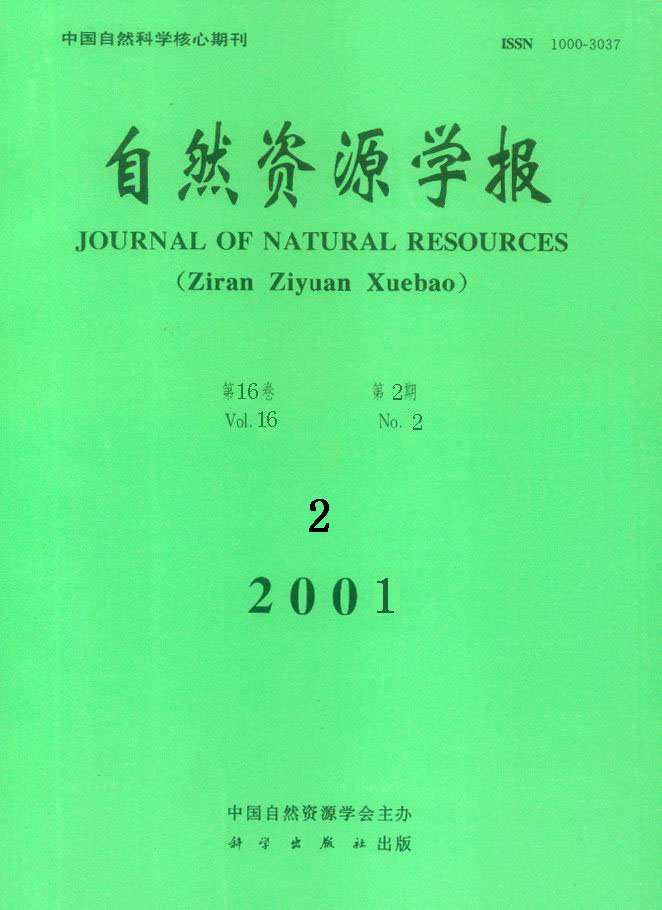Special Column:Celebration of the 70th Anniversary of IGSNRR, CAS
DONG Yu xiang
Based on the surveying data of land desertification,this paper presents detailed analyses of the types,degrees,area and distribution of land desertification in Tibet,introduces the damages and economic loss caused by desertification and analyses the driving force of the desertification.According to basic line of thinking and strategies for as well as priority field of the large scale development in western China,the project cons truction of land desertification control should be the important construction project of eco environmental protection of Tibet amongst the large scale development project in western regions.The strategy,countermeasures and techniques as well as methods of land desertification control in Tibet are discussed.The basic rules,directions,targets,tasks and important projects of land desertification control in Tibet are analyzed.The main research results are as follows:In Tibet,the area of desertified land is 1,997.40×104ha,being 16.58% of the total land area of the region.There are 3 classes and 5 types of desertified land.The former include serious degree,middle degree and slight degree,making up respectively 1.69%,55.96% and 42.35% of the total desertified area in Tibet.The latter contian shifting dunes land,semi fixed dunes land,bare gravel land,fixed dunes land and semi bare gravel land,covering respectively an area of 33.65×104ha,96.80×104ha,1,021.04×104ha,29.32×104ha and 816.59×104ha.The causes of land desertification in Tibet are the results of comprehensive functions of natural basis,climatic change and human activities.The dry climate,rich land material in soil,high velocity of wind and bare land are accountable for land desertification.The climatic change,reduction of rainfall and rise of temperature expanded the area and intensified the degree of wind drifting sand activities,which led to the natural process of land desertification in Tibet.Meanwhile,the human activities also expanded the area and intensified the degree of wind drifting sand activities,which led to the artificial process of land desertification in Tibet accompanied with rapid human population growth and livestock population increase.With interaction and intensification of natural and artificial processes of land desertification,the desertified area became increasingly enlarged and the degree of desertification became increasingly serious.So,the climatic change and human activities are the main driving forces of land desertification in Tibet.With the origination and development of land desertification in Tibet, serious dama ges have been resulted.The main damages are leading to the deterioration of eco environment and living conditions,destroying construction projects and hindering the economic development,doing great harm to farming and production and living installations,making great economic loss and serious potential pressure.Serious damages made the control of land desertification a very important and urgent construction task in Tibet.According to the basic line of thinking and strategies for as well as priority field of the large scale development in western China,the project construction of land desertification control in Tibet is analyzed.Eight countermeasures,2 ways and 4 kinds of techniques as well as 6 methods for land desertification control in Tibet are given.The rules and basic thinking of project construction of land desertification control in Tibet is discussed.The targets,tasks and important projects of land desertification control in Tibet are analyzed.
